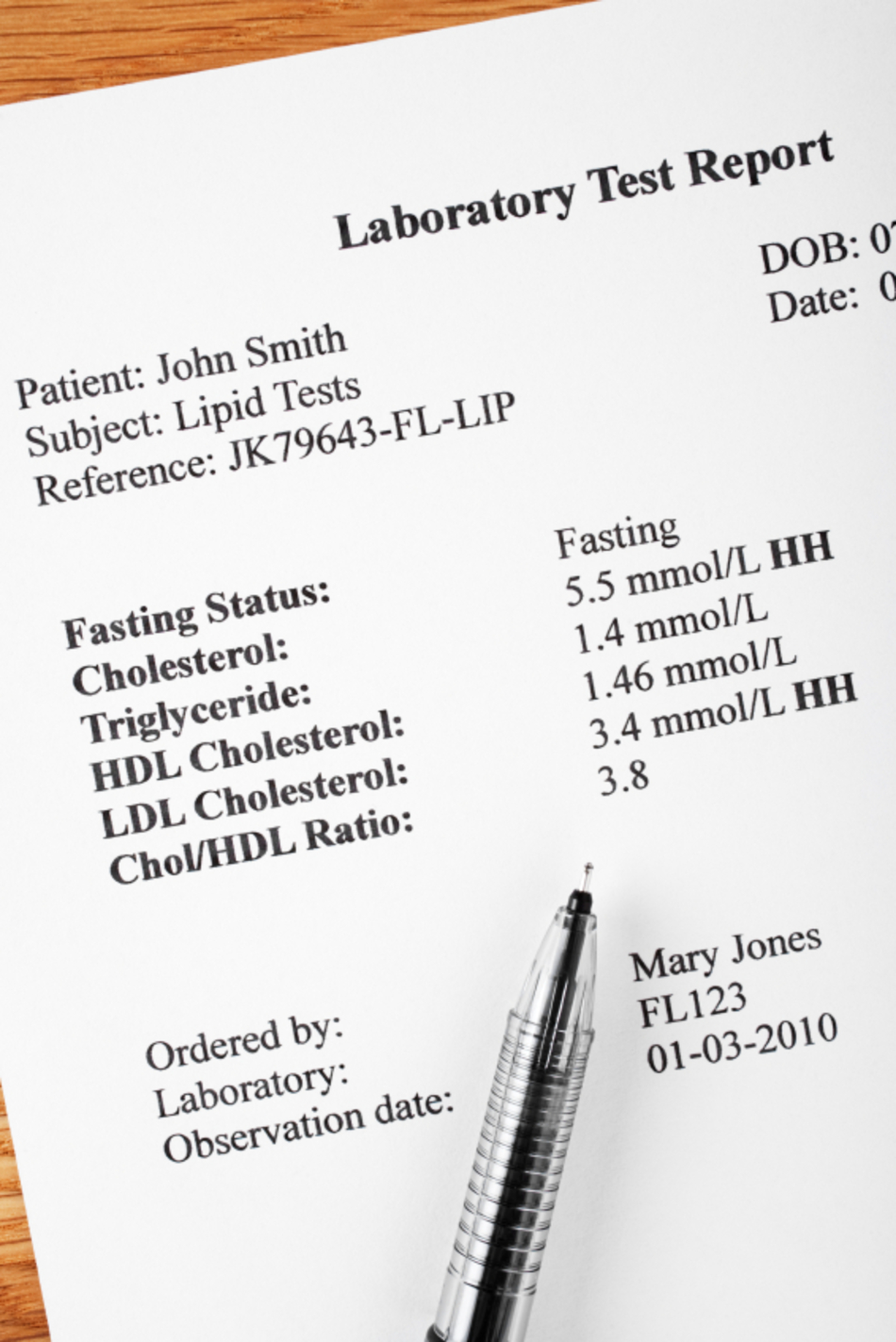Episode Transcript
Dr. Miller: How worried do you need to be when you receive your lab results in the mail or online before your physician's had a chance to talk to you about them? I'm Dr. Tom Miller and we're going to talk about that next on Scope Radio.
Announcer: Access to our experts with in-depth information about the biggest health issues facing you today. The Specialists, with Dr. Tom Miller, is on The Scope.
Dr. Miller: Hi, I'm here with Dr. Jerry Hussong. He is a clinical pathologist and also the Director of ARUP. He's also Medical Director of ARUP and we're going to talk about abnormal lab results that a patient sees and how important those might be and what guidelines a patient might have so they don't worry too much about it before they talk to their physician.
Now, Jerry, I'll have patients call me before I have a chance to talk to them about what I would consider normal lab results, but they will get those lab results and if any of the values, and there are many values that come back with a series of standard lab results, if any of those values are outside the normal range, they're usually marked in red. And sometimes they're barely over the limit. But patients can be very concerned about that and worry that the world is about to end. Do you have any comments about how patients should look at those lab results and think about them?
Dr. Hussong: Sure. I think to start with, it's really important for patients to realize that all laboratory test results are going to come with a reference range attached to them. And basically, really, reference ranges are ranges that we establish by looking at normal patients and we establish the reference range by looking at 95% of the normal population or having that as our criteria. So the range will include 95% of the total normal population and that's really . . .
Dr. Miller: But 5% could be outside that range.
Dr. Hussong: But 5% could be outside the normal reference range.
Dr. Miller: Normal is not always normal.
Dr. Hussong: That's right. And so it's really important to realize that you can be slightly outside that reference range and still not worry or be alarmed. It's important to realize a laboratory test should always be interpreted in the context of the reference range, but also in the context of many other things that are going on with the patient. So we put this in context with the physical examination that you're going to be doing with the patient, other laboratory test results and how far outside the range is that result.
Dr. Miller: That's one of the things the patient can look at if they have the ability to do that, is to look and see if the number's very far outside the reference range. If it's two or three times the outside limit then there may be an issue. But if it's just a little bit outside perhaps not such a big deal.
Dr. Hussong: And it may mean that there absolutely is nothing underlyingly wrong with the patient at all and they just have to realize that. In some context, this is why we're doing the test to see if there's anything abnormal with those laboratory testing results. But often, if it's only slightly out of the range, it may not have any indication that there's an underlying problem.
It's really important to realize though that there are some conditions that can really affect laboratory results. Extreme exercise, for instance, can cause you to have a protein in your urine. For instance, in times of dehydration if you've been out in the sun for long periods of time there may be some changes in your electrolyte results that you see. So you have to put it together with all of the other things that may be going on and other circumstances that may be affecting the patient.
Dr. Miller: One of the things that I've heard is that if you order a lot of tests and get a lot of results back, the chance that you'll have some abnormal results is normally higher anyways. Can you shed some light on that as a clinical pathologist?
Dr. Hussong: Yes. Sure. As you're thinking, the normal range is going to include 95% of the population but 5% of the population will not be included. As you exponentially increase that with a number of laboratory tests that you perform, you can imagine that your odds of being outside the reference range on any one of those tests greatly increases.
Dr. Miller: So basically, if I have 100 test results probably five of those are going to be normal but outside the reference range.
Dr. Hussong: Absolutely. That is a possibility that could happen with that. But, again, to realize that we're doing these tests for a reason and sometimes the abnormal results indicate that there's something abnormal going on with the patient. But if they're just slightly outside the reference range it may not indicate disease or an underlying issue at all.
Dr. Miller: So the key thing is to take a deep breath and make sure you get in touch with your physician so he can interpret the findings and help you understand them. And essentially, if they're not too far outside the reference range not to worry too much but definitely to talk to the physician about an interpretation of the lab results.
Dr. Hussong: I think that's absolutely right.
Announcer: thescoperadio.com is University of Utah Health Sciences Radio. If you like what you heard, be sure to get our latest content by following us on Facebook. Just click on the Facebook icon at thescoperadio.com.
